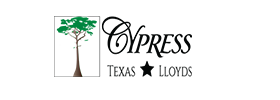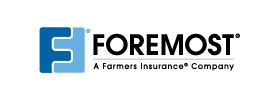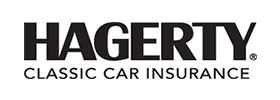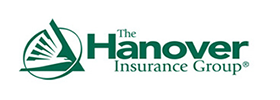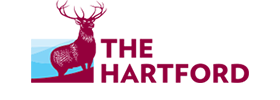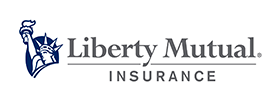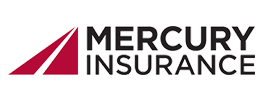When most people think about their homeowners or commercial property insurance, they assume “flood” is automatically covered. Unfortunately, that’s not the case and learning this after water is rising in your living room or business can be a devastating (and costly) surprise.
Flood coverage is almost never included in standard homeowners or property insurance policies. Instead, it must be purchased separately, either through the National Flood Insurance Program (NFIP) or from a private flood insurer.
Whether you own a home, a business, or both, here’s what you need to know to protect yourself before the next heavy storm rolls in.
What Exactly Counts as a “Flood”?
In insurance terms, a flood isn’t just any water damage. It has a very specific definition:
A general and temporary condition where two or more acres of normally dry land—or two or more properties — are inundated by water or mudflow.
That means water damage from a burst pipe or a leaky roof is not considered a flood. But storm surge, heavy rain overflow, river swelling, or flash flooding from sudden downpours often meet the definition.
What is a Flood Zone?
Flood zones are geographic areas defined by FEMA (Federal Emergency Management Agency) to indicate different levels of flood risk:
· High-Risk Zones (A or V): These have at least a 1% annual chance of flooding (also called the “100-year flood”). Lenders usually require flood insurance here.
· Moderate-to-Low-Risk Zones (B, C, X): Flooding is less likely, but still possible. About 25% of flood claims come from these areas.
· Undetermined Risk Zones (D): Flood hazards are possible, but not mapped.
You can check your property’s flood zone using FEMA’s Flood Map Service Center.
Why You Still Need Flood Insurance in a Low-Risk Zone
Many homeowners skip flood insurance because their lender doesn’t require it. But here’s the truth:
· Flooding can happen anywhere — it’s the most common and costly natural disaster in the U.S.
· Just one inch of water can cause $25,000 or more in damage.
· Federal disaster assistance is not guaranteed and often comes in the form of loans you must repay.
Questions to Ask When Considering Flood Insurance
1. Is my property in a FEMA-designated flood zone?
2. What’s the cost difference between NFIP coverage and private flood insurance?
3. Does my policy cover the replacement cost or actual cash value?
4. What are the coverage limits for my building and personal/business property?
5. Is there a waiting period before coverage starts? (NFIP policies typically have a 30-day wait.)
6. Are there exclusions I should be aware of? (For example, basements often have coverage limitations.)
7. Can renter’s purchase flood insurance? Renter’s can purchase flood insurance, but only in the NFIP. The NFIP offers a Contents-Only policy covering personal belongings (furniture, clothing, electronics) up to $100,000.
Key Details to Look for in a Flood Policy
· Coverage Limits: NFIP policies max out at $250,000 for residential structures and $500,000 for commercial buildings, plus limited contents coverage. Private insurers may offer higher limits.
· Contents Coverage: Check if it’s included or requires a separate policy.
· Deductibles: Understand how much you’ll be responsible for if you file a claim.
· Waiting Period: Factor in the time before the policy takes effect—don’t wait until a storm is approaching.
The Bottom Line
Flood insurance isn’t just for people living on the coast or near rivers. It’s for anyone who wants peace of mind that their home or business is protected from one of nature’s most damaging (and unpredictable) forces.
Don’t wait for the next big storm to start asking questions. Review your coverage now, understand your flood risk, and explore your options for protection.
Need help figuring out your flood risk or finding the right policy?
Ellis Insurance Agency can walk you through your options, compare NFIP and private flood coverage, and ensure you’re protected before the water rises.









